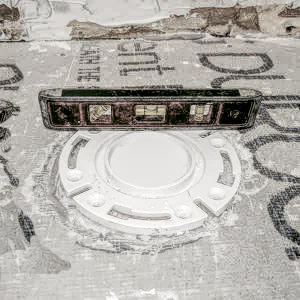An improperly-installed toilet flange  can lead to more problems than you want to deal with. But you may not know if the installation was done incorrectly until it’s too late.
can lead to more problems than you want to deal with. But you may not know if the installation was done incorrectly until it’s too late.
The toilet flange is what holds the toilet to the floor, and since it is seated below the toilet, it is out of view of a normal visual inspection. So the way to tell that there is a problem with your flange usually comes in one of two ways:
-
Water leaks from the toilet base
When you see water leading from around the base of your toilet it can mean one of three things: the flange is the wrong size, it is incorrectly installed or it has a crack or broken seal. If the leak is recent, it is probably due to a crack in the seal and the flange should be replaced, along with the wax ring.
-
The toilet moves
The flange is what connects your toilet to the floor and should create a stable footing. If the toilet rocks back and forth, either the bolts have broken or come loose, the flange is cracked, or the toilet was installed incorrectly.
How to Correctly Install a Toilet Flange
If you are remodeling a bath and putting in a new floor, the flange needs to be adjusted for the new floor height, which generally means that a new flange must be installed or a flange extension needs to be added.
The flange must be installed at the same depth as the finished floor. It cannot be raised above the floor level or recessed below and built up with wax rings. Optimal flange height is ¼” above the finished floor to create a solid seal.
Sometimes people try to install more than one wax ring in order to build up the flange rather than replace the wrong-height flange. This will not work and will eventually fail.
When installed properly, the wax ring is placed over the flange, and then the toilet is seated atop the wax ring. The toilet is then pushed down to compress the wax evenly around the perimeter of the flange, creating a water-tight seal as the toilet comes to rest against the floor. Once installed, and before the bolts are added, the toilet should be checked to ensure that it does not rock from side to side. Stainless steel bolts (that do not rust) should always be used for final installation.
Let Först Consulting Group Perform an Inspection
Be sure to check your toilet installation during your pre-drywall inspection if you are remodeling a bathroom or building a home. If you don’t know what to look for, we do. Contact Forst Consulting Group to schedule your inspection.




